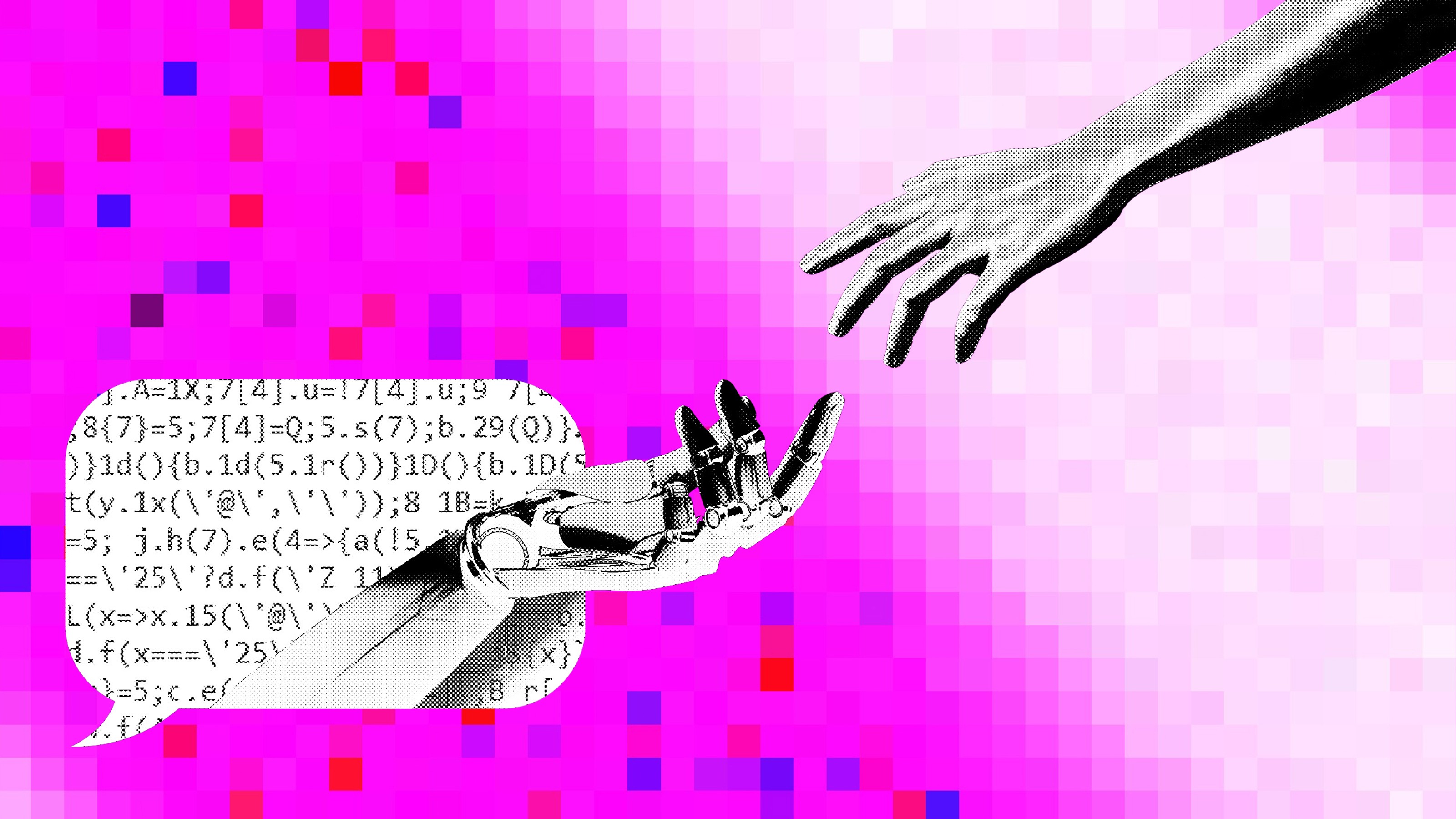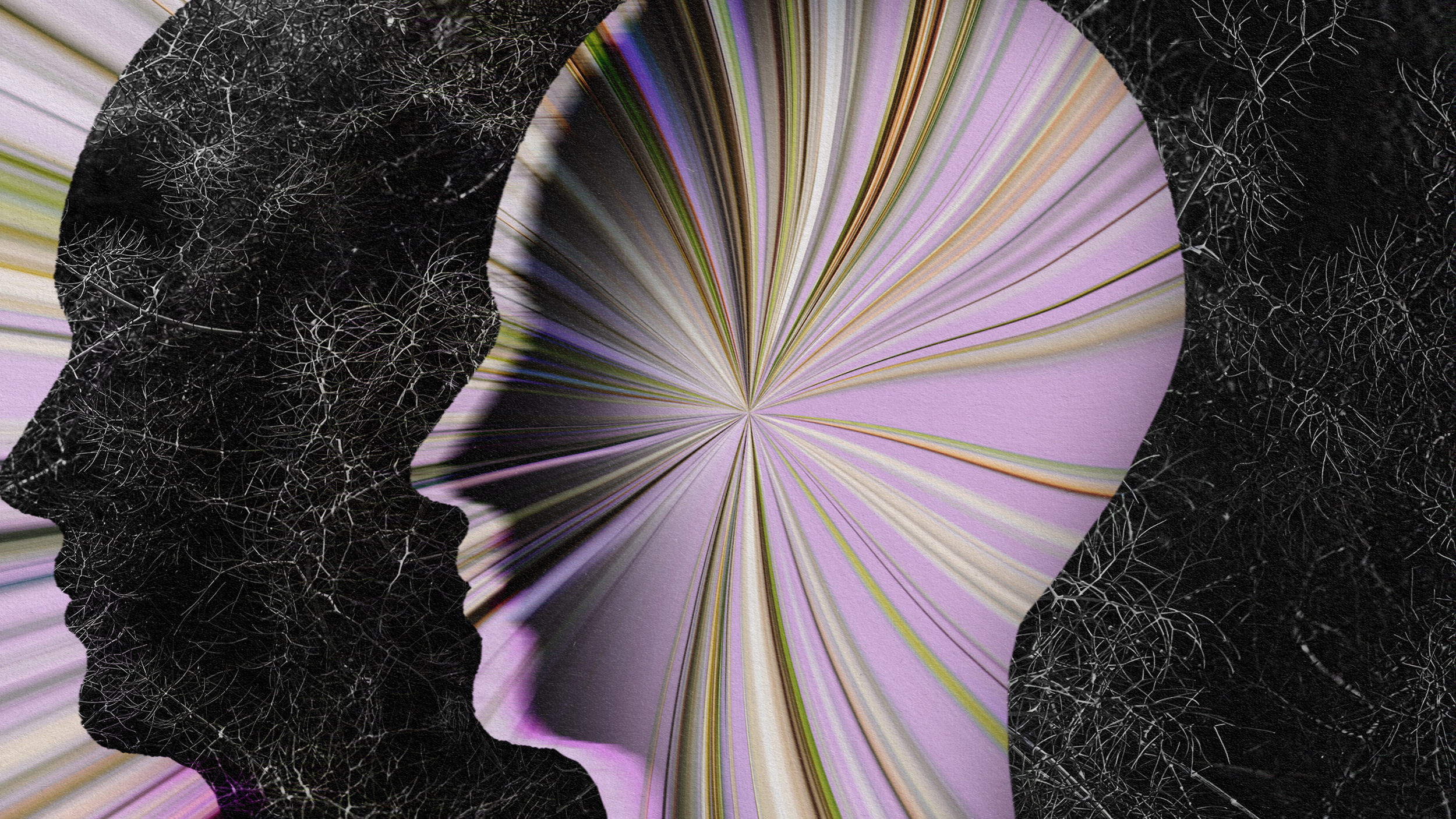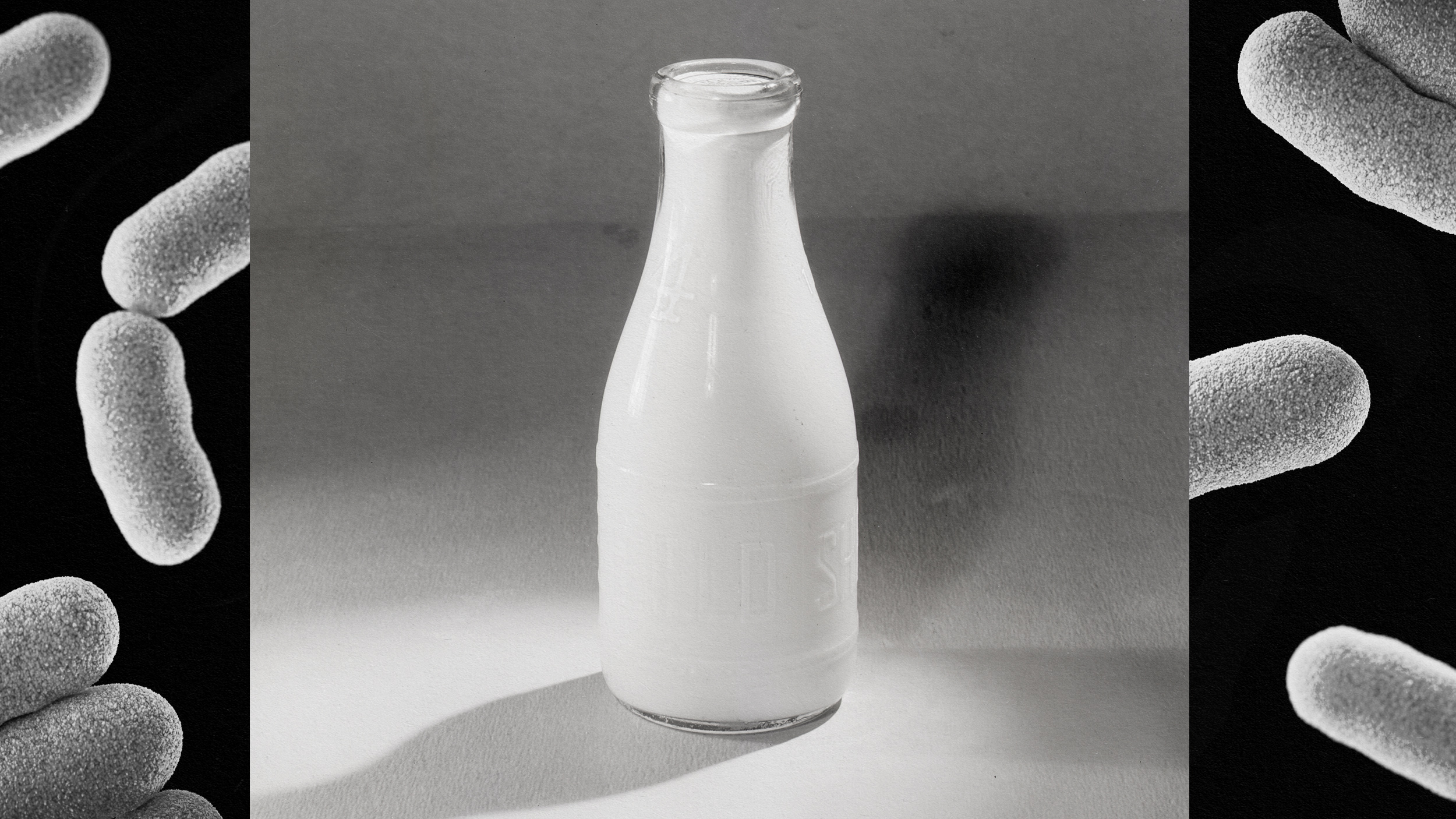Not much is happening in self-isolation. So why are you still so tired?

Photo by Christian Erfurt on Unsplash
- With tens of millions of Americans sheltering at home, many people feel exhausted.
- Reasons range from a lack of routine, emotional uncertainty, poor nutrition, and alcohol abuse.
- Keeping your daily habits in place as much as possible is important for combating lethargy.
Who knew that not leaving your house could be so exhausting? There are many reasons many of us are tired right now. We’ve long known about the detrimental effects of not enough sleep, but even too much sleep results in cognitive decline. But what you do during the day affects how well your night goes.
This collective exhaustion is about much more than sleep. Fatigue is not necessarily tied to how much shut-eye you receive each night (though that does help, or hurt). Isolation is never healthy. Humans are social animals. The rush to Instagram Live for DJ battles and concerts and Zoom for fitness classes and family reunions is a beautiful thing. Still, we need real contact. That’s one important factor.
As with everything, this too shall pass. For now, maintaining good physical and mental health is key to keeping your energy levels up and your mind focused. Exhaustion isn’t going to help your immune system, which is of extreme importance right now. Below are six reasons you might be feeling tired, and how to help correct that.
Optimize Your Brain: The Science of Smarter Eating | Dr. Drew Ramsey
Here Comes the Sun
While many cities have promoted outdoor exercise, some have shut down parks, trails, and beaches (as is the case here in Los Angeles). While there is an ongoing debate over safe distance protocols continues, we know that a lack of sunlight can cause depression. It might be Spring, but if you don’t have access to outdoor space to walk and exercise, you might be negatively impacted. Reduced activity slows your metabolism, adding to the sluggishness; less daylight also reduces melatonin and serotonin production in your brain, which could further provoke anxiety and depression.
Cure: If you can get outside once a day, even for a walk around the block, do so. As for movement, streaming classes have never been more popular. You can find just about any format you desire on Instagram Live or YouTube. Plenty of world-class instructors are selling classes on Zoom. A little movement goes a long way. (With Equinox being closed, I’ve been teaching three live-stream yoga classes a week, which are all archived on my YouTube channel.)
Routine
Humans are habitual animals. We feel out of our element when our schedules are thrown off. Adjusting to a new routine sometimes bring a sense of refreshment, but given the stress many of us are feeling financially—22 million Americans have filed for employment in just four weeks—it can seem hard to muster the energy to stick to a routine. Still, maintaining a routine is important, and when it’s thrown off, time assumes a new meaning.
Cure: Try to institute as many habitual practices as possible. You’ve likely heard to shower and dress every day, and those are important. Setting a regular sleep schedule and alarm is helpful. Stick to what you can but also try to find new ways of creating healthy habits along the way. It’s amazing how quickly new routines become habitual as well.
Sustenance
Speaking of health, it appears that the most dangerous underlying condition for experiencing the worst COVID-19 symptoms, besides old age, is obesity. As the NY Timesreports, “New studies point to obesity as the most significant risk factor, after only older age, for patients being hospitalized with Covid-19, the illness caused by the virus.” Sales of processed foods, pretzels, and popcorn are all up while produce is rotting. Overeating and eating processed, sugary foods both negatively impact our energy levels, creating a feeling of lethargy.
Cure: Restricting calories and closing your feeding window are two important means for losing weight and gaining energy. We all need to keep our immune systems as strong as possible right now. As Dr. Drew Ramsey, who practices nutritional psychiatry, says, the food categories he recommends include leafy greens, colorful vegetables, and small fish, especially sardines and anchovies. He likes to see a “rainbow of colors” on every plate. And if you need a quick start to this process, one that will also help you deal with emotional eating, might I suggest the Potato Hack?

Signs at a bar thank medical workers and advertises liquor to go on April 15, 2020, in New York City.
Photo by David Dee Delgado/Getty Images
Alcohol
In the immediate aftermath of sheltering at home orders, alcohol sales shot up 55 percent, with liquor and spirits up 75 percent, wine up 66 percent, and beer up 42 percent. Overall, online alcohol sales saw an increase of 243 percent. While that trend has slowed somewhat, we’re still imbibing: One in three Americans report drinking more while in isolation. Since alcohol destroys your REM cycles, you won’t get that deep and restful sleep your body needs.
Cure: Don’t drink. At least not as much, and not every day. An old friend of mine told me that in Jamaica, whenever her family or friends have a craving for food or alcohol, they drink tea. Amazingly, it seems to work, at least in my own experiences. Keeping yourself mentally occupied with a crossword puzzle or Sodoku (or a game of chess, if you have someone to play against) is a useful distraction. Exercise is also a wonderful way to get your mind focused on a healthier endeavor.
Screen time
Sure, we’re all plugged in right now, but it doesn’t mean that the blue light is doing us any good. Constantly checking the news is a double whammy: the mediumandthe message are both exhausting us.
Cure: We’re not giving up our screens. As the NY Times suggests, a “three Cs” approach could work. Sure, not everyone has Children, but Content and Context are applicable. Stay up to date with credible news sources. You just don’t have to log on every hour, or even every day. Don’t drop off, however. Civic engagement has never been more important. Just make sure to give your eyes a break.
Bill Gates and the 5G Cartel
Conspiracy theories are tiring. The Bill Gates created 5G to depopulate the world so that survivors would have to be microchipped when getting his vaccine thread just exhausted me to write. The rabbit hole these theories lead down is doing no one any good.
Cure: Not everything you don’t agree with is part of the “mainstream” media. We (rightfully) applaud health care workers putting their lives at risk. Reporters might not be as close to the virus, but they’re still putting their health on the line to keep us informed. A tiny bit of research does wonders for your mental health—and that of everyone on your social media feeds. Question everything, sure, including yourself.
—
Stay in touch with Derek on Twitter and Facebook. His next book is “Hero’s Dose: The Case For Psychedelics in Ritual and Therapy.”





